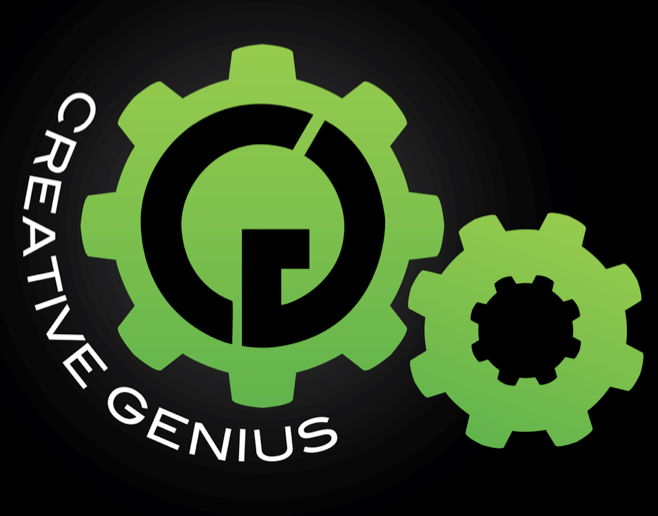Main Starlight Project
Beta Development
The Starlight Beta Development plan consists of the stages, or “milestones” required to complete production, as well as the organisational techniques we will use to get there.
The technique that I think will get the best results from us, is one utilizing compartmentalization over an greater template.
We shall use a "skeleton" project, which will consist of several views stored within an array, with the ability to navigate from one to the next, and ultimately back to the beginning:
| View: | Description | Status | ||
|---|---|---|---|---|
| Icon | Technically not a view, this is what appears on the host device for entering/activating the game | Complete | ||
| Splash Screen | Video or image, in our case video, introducing the studio through means of displaying the logo | Satisfactory | ||
| Intro | For now this is an intro to the game, telling a quick version of the backstory, though this could also be opening credits | In progress | ||
| Title Screen | A conceptual image showing the characters and game title, it is likely to be the same image used for covers and promotional images | Requires rework | ||
| Mini-Intro | Assuming the main intro is only used as that, this is a brief animation or sequence of sorts before entering the Main Menu. In the event that the Main Intro is opening credits, this is a potential alternative to main menu | Required | ||
| Main Menu | The main portal and form of navigation for the game. Options like “play”, “level select” and “credits” can be accessed directly from here, along with other core features. | Requires rework | ||
| Cutscene | The main cutscene that introduces the game. This is where Altair and Timothy have their first conversation, and it’s presentation will be key to the success of the game | In progress | ||
| Tutorial | A miniature level with many prompts and unique to this level features. Another key element that will determine the success of the game | Required | ||
| Cutscene | Every level with begin and end with a cutscene, though the tutorial one is somewhat more important to get right | Required | ||
| Level N | The system of Levels and cutscenes begin from here, to which they repeat until the game ends | Required | ||
| Credits | The final view that will loop back to the Main Intro, Titlescreen or Main Menu depending on our design (Titlescreen probably best). This is the page that will credit the hardwork of different team members | In progress | ||
Once the skeleton is complete, two or three additional views can be added. These can be navigated to using the level select, and they are: - Timothy and Altair - Timothy - Altair The Timothy and Altair view will be a playground for testing core mechanics. - Left and right walking - drag and drop for Altair - secondary joystick for Altair - User Interface - Event Triggers (conversations, new levels, challenges/obstacles) - Camera focus swap - etc This view is used as the testing ground for the core features, but also It is where sub-features from the other views will be tested before being shipped to the actual tutorial This way we can test and play with mechanics, without breaking the current project, or with the option of easily removing or adding more. Only once a feature is working smoothly and is unanimously approved; does it go into the actual game skeleton. The Timothy view is where Timothy specific mechanics will be tested: - Object Collision - Surface and slope collision - gravity - proximity/region collision (limiting collision to objects within range) - Items - Special interactions (like climb, or push button) - Animations and transitions between them - Speed shifts and Abilities (like hero mode, and frightened creeping) The Altair view is where Altair specific mechanics can be tested: - Lighting and darkness - multiple/overlapping lights - shadow casting - navigation (various methods of moving star) - Charge (how it affects light output and availability of abilities) - Abilities themselves - mirror interactions - Unique collision interactions (like rerouting via open circuitry or crystals) It would probably be best for Daniel to work on one view, while Dean worked on the other (like Altair or Timothy) If Dean wishes to work on the Skeleton or "Altair and Timothy" view, then Daniel will have more time to coordinate other elements like art and design. On the other hand, if Daniel does the Skeleton (as he knows the project more thoroughly) though Dean will have to wait a while, he will then be able to work freely on any of the "playground" views, dropping them in and out of the main project. Either way the skeleton has to be completed ASAP, as the project is at a stand- still until it is done. The website issues have been cleared up, and my (Daniel's) main machine is less cluttered with various tasks, limited to updating the website tasks, extracting the illustrator files (several large documents that are slowing down the his machine) and unsorted notes for various company tasks. Once the art assets have been extracted, then I can finally close Illustrator, reboot my computer (to give it a rest), and begin on the XCode project. Until then, I will be using some of my free time in the mornings and lunch period to work on the website (Starlight online preview, team discussions and forums)


